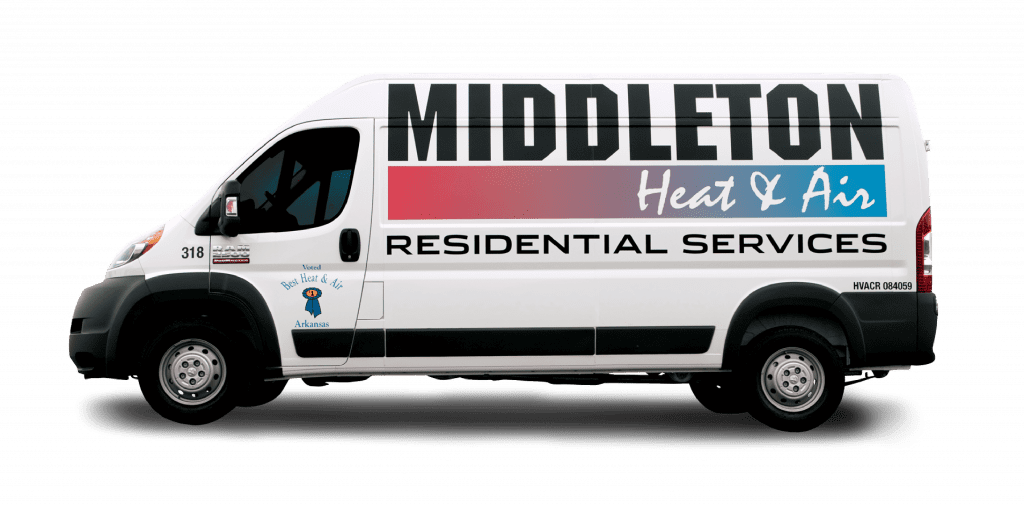Geothermal heating and cooling systems use the relatively constant temperature of the earth to heat and cool homes and business with 40% to 70% less energy than conventional systems. Geothermal energy, a renewable resource, originates from the heat retained within the Earth’s core. At a depth of approximately six feet, the ground remains at a nearly constant temperature of 45°F to 70°F depending on the geographic location, and it changes very little over the course of a year. This mild heat source makes a geothermal heat pump a much more energy-efficient system than the conventional air conditioner or heat pump, which uses the constantly fluctuating outside air temperature.

GEOTHERMAL HEATING AND COOLING SYSTEMS ARE MADE UP OF 3 COMPONENTS:
Heat Pump
A heat pump is a mechanical device that can extract heat from air, water, or the earth. They are classified as either “air source” or “ground source” (geothermal) units.
Heat Exchanger
An underground heat exchanger acts as a heat sink to store energy in the earth when cooling and to extract energy from the earth when heating.
Distribution System
A distributions system, such as air ducts
THERE ARE TWO DIFFERENT TYPES OF HEAT EXCHANGERS:
A closed loop heat exchanger is a system of continuous underground loops of pipe that are connected to the heat pump, thereby forming a sealed, closed loop. Water or a mixture of water and environmentally friendly anti-freeze circulates through the loop to transfer heat between the heat pump and the earth. In some installations, the pipes of a closed loop system can be placed in a horizontal trench dug below the frost line. Another way to increase the heat exchange rate of a closed loop system is to take advantage of naturally higher heat transfer capability of water over soil or rock. If a stream, river, or pond is of sufficient size, coils of heat exchanger pipe can be installed on or near the bottom to form a pond loop system. In locations where space is limited or a large heat exchanger is required, the pipes of a closed loop geosystem can be installed vertically in wells drilled into the earth. In a closed loop system, since it is not necessary for the heat exchanger to be connected to the rest of the system above ground, it can be installed under existing landscaping, driveways, and sidewalks or even beneath the building itself.
On the other hand, in an open loop system, ground water from a well or an aquifer is pumped through a well and passed through the heat pump where heat is added to or extracted from it. The water is then discharged back to an aquifer or harnessed for other water management uses. Because the system’s water supply and discharge are not connected underground, the loop is open.
Free estimates on system replacements
Need a system replacement? We offer FREE ESTIMATES.


Geothermal systems can also provide inexpensive hot water, either to supplement or replace the output of a conventional, domestic water heater.
In winter, water circulating inside a sealed loop absorbs heat from the earth and carries it to the unit. Here, it is compressed to a higher temperature and sent as warm air to your indoor system for distribution throughout your home.
In the summer, the system reverses and expels heat from your home to the cooler earth via the loop system.
A geothermal heating and cooling system is a smart investment for consumers who want a system that provides a high level of comfort and low monthly energy bills for as long as they own their homes. With the Stimulus Bill offering a 30% tax credit for homeowners installing a geothermal heat pump system, there has never been a better time to purchase one.
Schedule an Estimate
"*" indicates required fields
